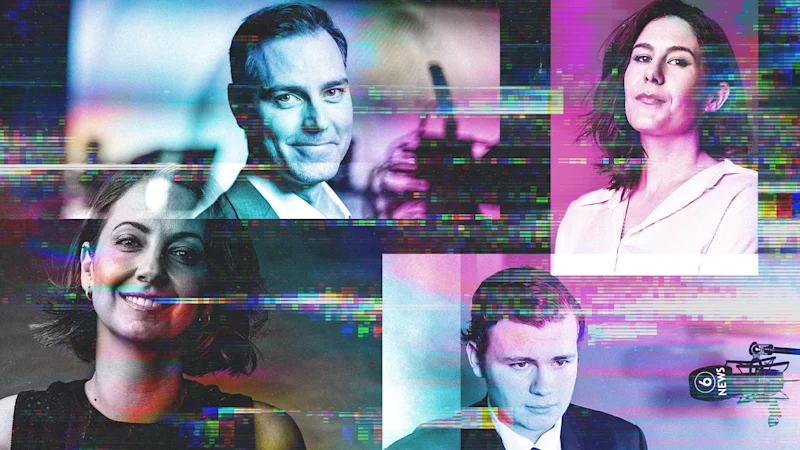By Meg Watson
Leo Puglisi: A big con is the rise of AI. It’s getting ridiculous trying to figure out what’s real and what’s not. And because of that, there’s a rising level of distrust. The other thing is short-form content, as entertaining as it can be, risks not being able to tell the full story.
Brooke Boney: The pros are that they’re getting news at all. Any way we can get people engaged in the stories that affect them is important and worthwhile. Obviously, the cons are that there’s less journalistic rigour. People can consume a lot of information that hasn’t been fact-checked. It’s a huge concern.
Jan Fran: While I’m happy to see spaces exist outside the mainstream media, sometimes I do worry about how you do journalism natively on social media. It takes time and money and expertise, and these things are not particularly rewarded on social media. So what you have is a morphing of journalism into commentary, and they’re two very, very different things.
If good public interest investigative news and current affairs disappears from TV, is there scaffolding enough outside the mainstream media to still preserve it? I think that remains to be seen.
If we accept that news consumption is shifting to social media, how can Australian TV networks ensure they stay relevant to a new generation?
Brooke Boney: I think we’ve always had an issue with the diversity of not only newsrooms, but presenters as well. I saw a post on Instagram the other day from journalist Mawunyo Gbogbo criticising the lack of diversity in Ten’s new show and the broader news landscape – I reflect the sentiment and lament that we’re still asking for representation.
If you’re a young person from Western Sydney or the northern suburbs of Melbourne or even in the country, are you really going to want to turn on the TV and see that? Would you watch a Reel from someone who can’t relate to you or have the same experiences or even understand what you need to hear? I don’t know. We’ve still got a lot of work to do when it comes to reflecting audiences back to them.
Jan Fran: The simple answer would be, well, news and television networks should start switching to digital. And yeah, certainly that is a strategy. But then you don’t own the platforms that you publish on, and you’re beholden to their rules and regulations and their whims and their algorithms. It’s a huge risk, and I can understand a lot of TV networks not wanting to do that. But I think you have no choice but to meet people where they are.
Chris Kohler: If I had the answer to this question, I’d be neck deep in trying to do it. But I think it’s exciting there’s a lot of thought going into what the next wave looks like.
These conversations have been edited and condensed for clarity.
* Channel Nine is owned by Nine Entertainment Co, which also owns this masthead.
What do you think the future of broadcast news is? Tell us your thoughts in the comments below.
Find out the next TV, streaming series and movies to add to your must-sees. Get The Watchlist delivered every Thursday.
